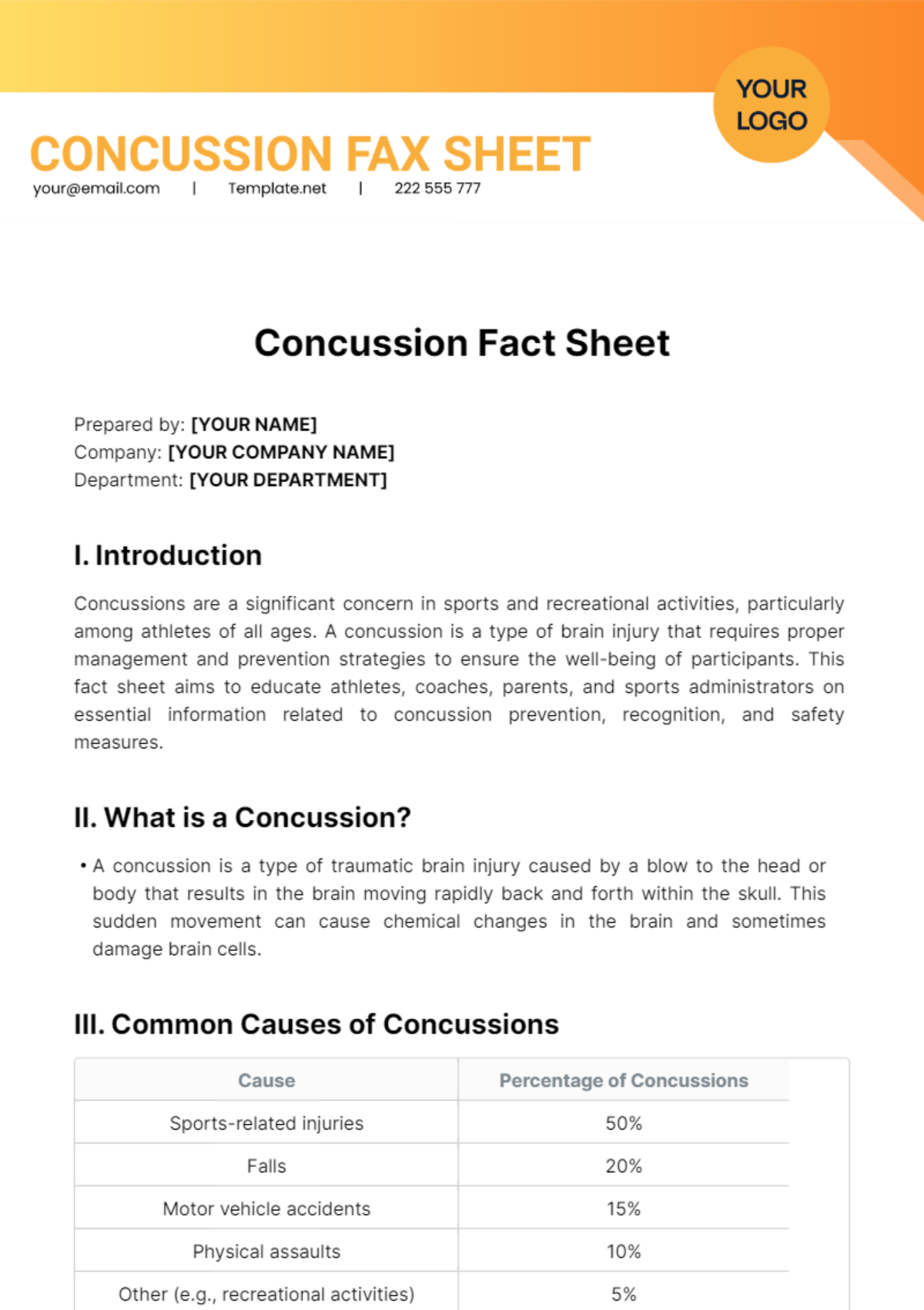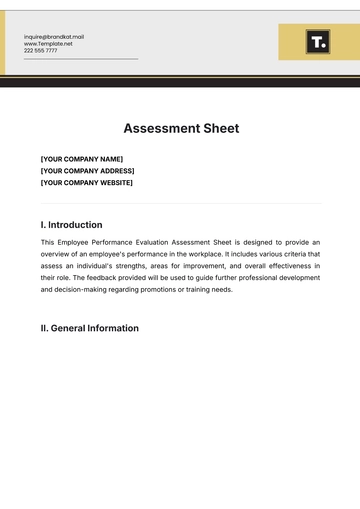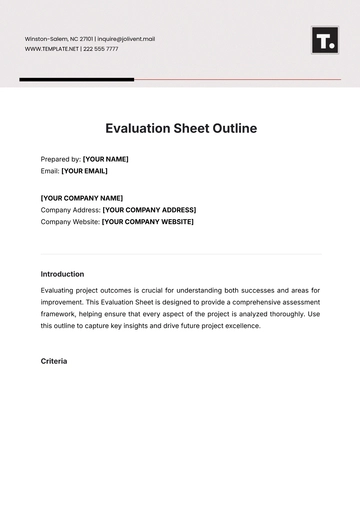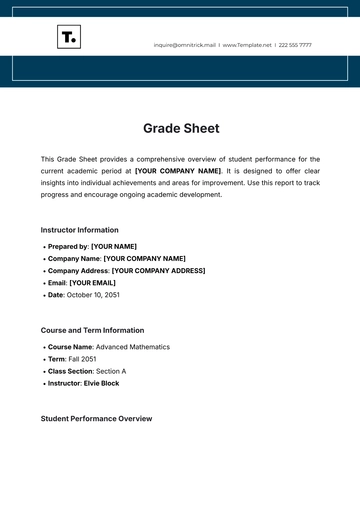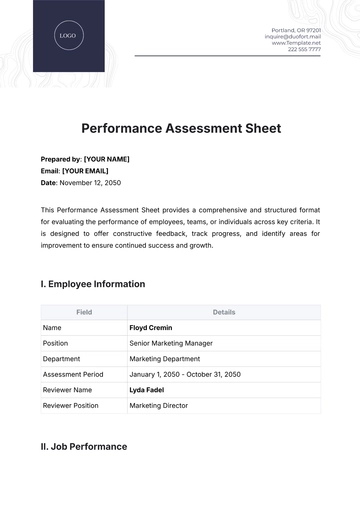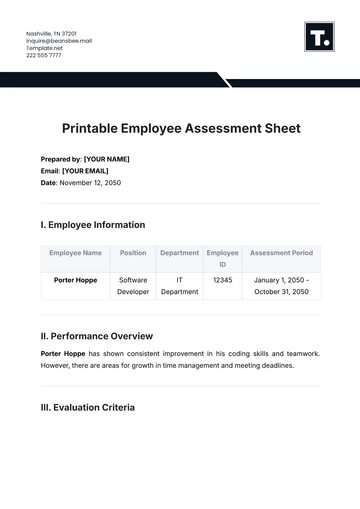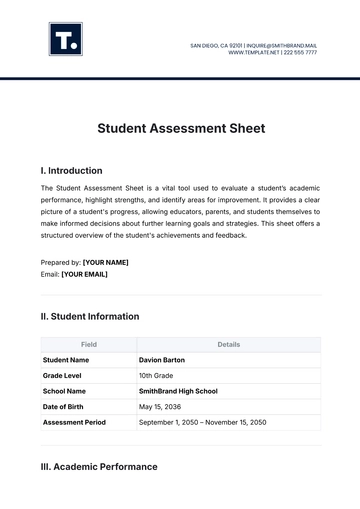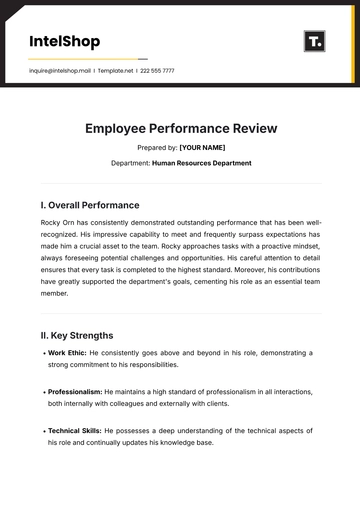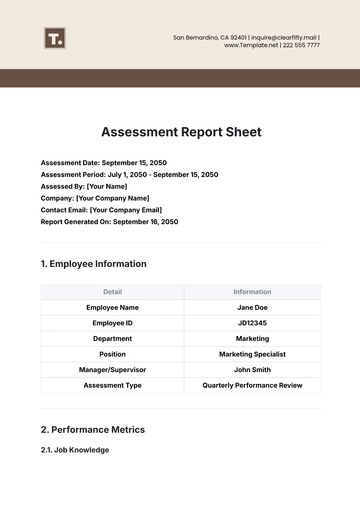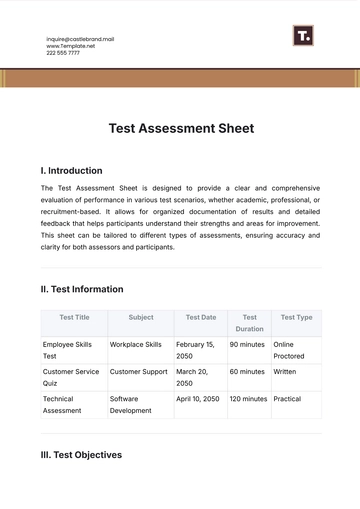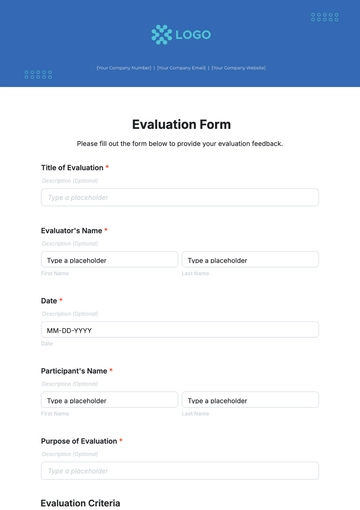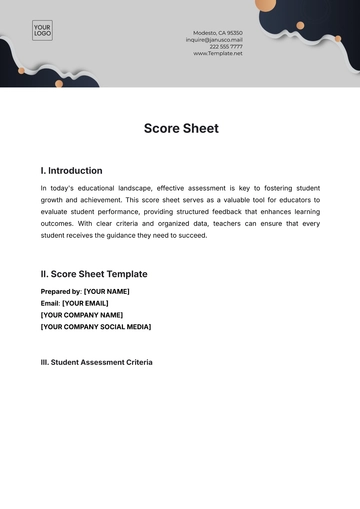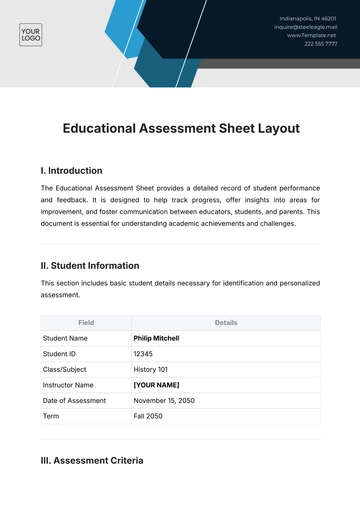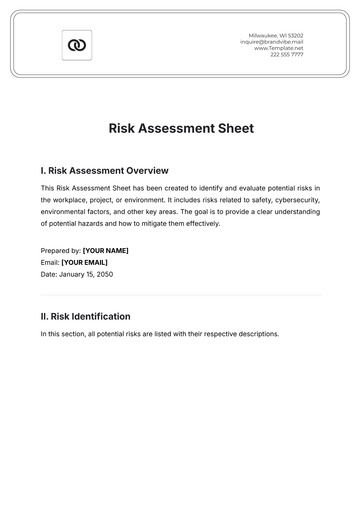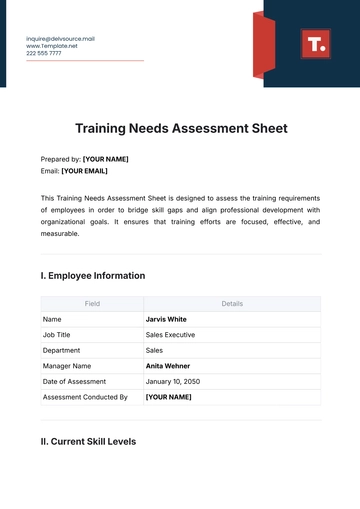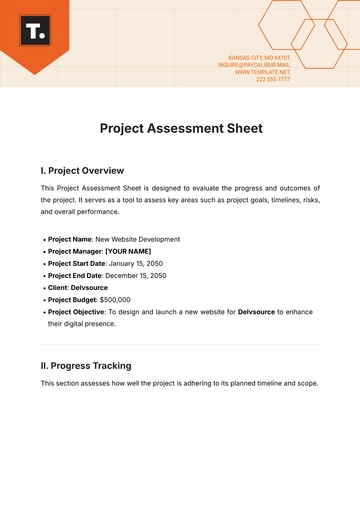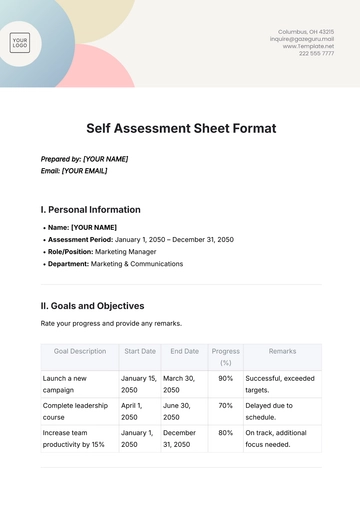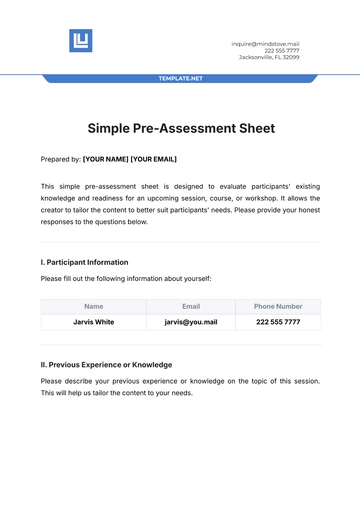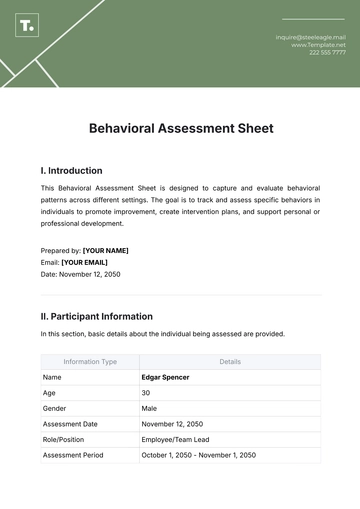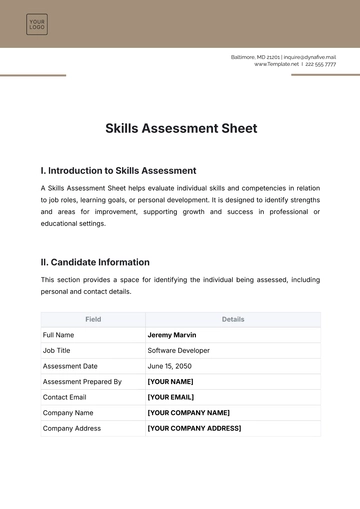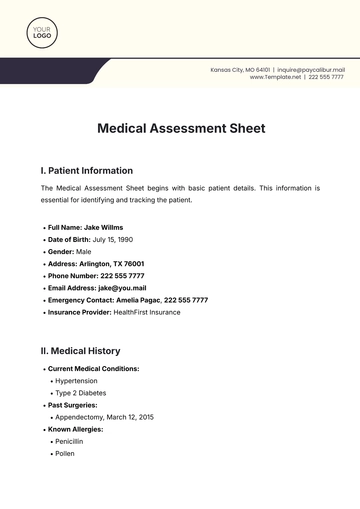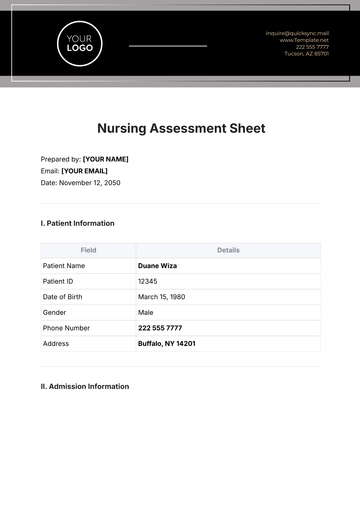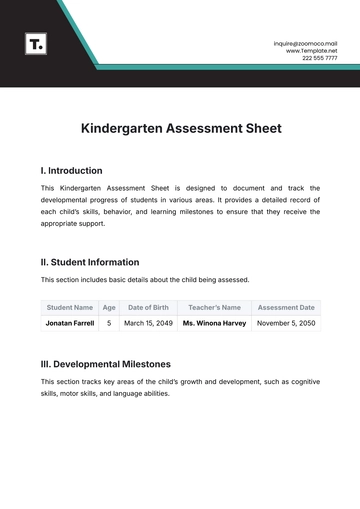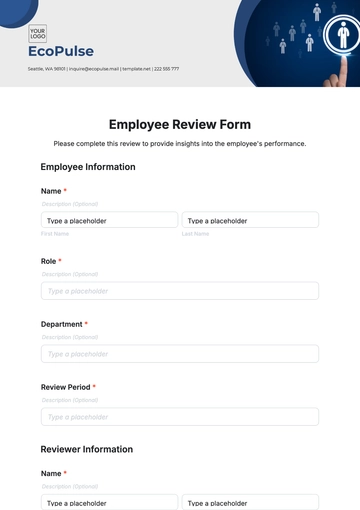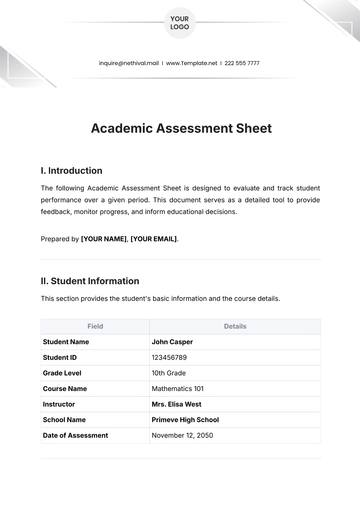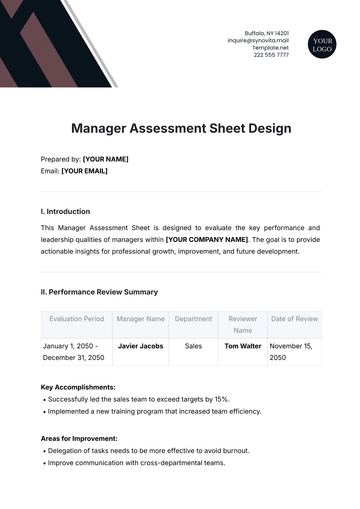Concussion Fact Sheet
Prepared by: [YOUR NAME]
Company: [YOUR COMPANY NAME]
Department: [YOUR DEPARTMENT]
I. Introduction
Concussions are a significant concern in sports and recreational activities, particularly among athletes of all ages. A concussion is a type of brain injury that requires proper management and prevention strategies to ensure the well-being of participants. This fact sheet aims to educate athletes, coaches, parents, and sports administrators on essential information related to concussion prevention, recognition, and safety measures.
II. What is a Concussion?
III. Common Causes of Concussions
Cause | Percentage of Concussions |
|---|
Sports-related injuries | 50% |
Falls | 20% |
Motor vehicle accidents | 15% |
Physical assaults | 10% |
Other (e.g., recreational activities) | 5% |
IV. Symptoms of Concussion
Headache
Dizziness or balance problems
Nausea or vomiting
Blurred vision
Sensitivity to light or noise
Difficulty concentrating or remembering
Feeling foggy or slowed down
V. Immediate Actions if Concussion is Suspected
Remove from Activity: Immediately stop the individual from participating in sports or activities.
Seek Medical Evaluation: Refer the individual to a healthcare professional experienced in evaluating concussions.
VI. Prevention Measures
VI.I. Proper Equipment Use
Sport/Activity | Recommended Equipment |
|---|
Football | Helmet with proper fit and padding |
Soccer | Shin guards, properly inflated soccer balls |
Cycling | Helmet meeting safety standards |
Basketball | Mouthguard, appropriate footwear |
VI.II. Playing Techniques
VII. Safety Tips
Warm-up and Stretch: Always warm up before playing to prepare muscles and reduce injury risk.
Follow Rules: Adhere to sport-specific rules and guidelines.
Stay Hydrated: Drink plenty of fluids before, during, and after activities.
Rest and Recovery: Allow adequate time for rest and recovery between activities.
VIII. When to Return to Play?
IX. Additional Resources
Concussion Management Plan: Develop and implement a concussion management plan for your team or organization.
Education Programs: Participate in educational programs on concussion prevention and recognition.
X. Conclusion
By implementing the preventive measures outlined in this fact sheet, we can significantly reduce the incidence of concussions and promote safer participation in sports and recreational activities. Remember, early recognition and proper management of concussions are essential for the health and well-being of athletes. Let's work together to ensure that sports remain enjoyable and safe for everyone involved.
Fact Sheet Templates @ Template.net
